|
Mongolia's desert is more than dry sand and endless dunes. This is my adventure in a hidden canyon with stunning colours and a vibrancy all its own.
Saxual trees—the only variety able to grow in such a dry climate—struggle. Remnants of branches tangled low to the ground remained, contorted in their final search for a drop of water. Those plants able to endure sprouted tiny green leaves among the otherwise withered skeletons of trees bleached by the sun. A flicker of motion in the distance caught my eye. Two black-tailed gazelles sprinted until their beige, white and black markings blended into the landscape. Their unexpected liveliness reminded me that this landscape has not always been so desolate. Two hundred million years ago, an inland sea covered the area only to be transformed years later into a rainforest inhabited by dinosaurs. Now, its parched crust disguises the ancient reptilian eggs among fossilized seashells embedded beneath a dusty facade. We were getting close to our destination, except we faced a new challenge after an hour of relatively flat driving. A ridge of sand blocked our route. Wind-blown tracks hinted that crossing was possible, but our driver had to locate sand shallow enough to drive through on this particular morning. The sand devoured our tires on our first attempt. We quickly reversed and tried a different angle. No luck. We paced the base of the dune where the soil had hardened. Another run before being sucked into the soft expanse. Each grain of sand seemed to taunt us, pleading for another attempt and chance to grab our tires. Then the engine roared, we bobbed over a low tree and surprisingly popped up onto a firm rim. Success! Every year the sand changes. Less saxual trees remain to hold the sand in place. Thirsty mining operations coupled with less annual rainfall are draining the water level across the Gobi. From the top of the dune, another plateau of steppe stretched ahead. Cliffs of rock stood beneath the haze of the horizon. We drove closer. The hot air revealed wavy red-earthed pillars coming into our view. Slowly, Khermen Tsav revealed itself. Fissures formed eons ago when the earth slowly tore itself apart leaving a maze of tentacles, parched and exposed to rain, sun and wind. Once out of our vehicle, we climbed down to the base of the canyon through fluffy sand and over eroded limestone. Saxual trees grew larger at Kherman Tsav’s core, giving the sense of a distinct microclimate in this slice among a vast web of gorges, pillars and oddly-shaped rocks. As we drove back to our ger camp in anticipation of a refreshing shower and warm dinner, a curtain of sand blew across our vehicle as if Mother Nature herself had closed her show. It felt surreal to pivot from multicoloured sands and archaic formations back to the harsh desert steppe. The only other people we met over our five-hour journey was a pair of motorcyclists. They flagged us down. Through white and parched lips the man asked for water. With bloodshot eyes, he glanced from our guide to our driver and told them he was Russian, twice. I am not sure that he intended to taint the Russian image by associating it with his unprepared or unlucky motorcycle trip across one of the driest parts of the Gobi desert without sufficient water—but now when I think of the most impressive canyon in the Gobi, I am reminded of those two crazy Russian bikers. Glossary: Gers: Round homes covered in felt that can be assembled or disassembled as needed, also referred to as yurts in other countries Steppe: One of the vast usually level and treeless tracts in southeastern Europe or Asia (source: Merriam-Webster) Make this Your Trip: Transport, Guide and Tour Operator: Goyo Travel organized our entire sixteen-day trip around the Gobi. We tailored one of their standard itineraries to meet our personal interests, including a focus on night photography. Their attention to detail and quality, be it French-pressed coffee or a flexible itinerary customized to suit our tastes, made for an outstanding experience. Read about more undiscovered destinations in my latest book, Searching for Unique.
3 Comments
Millie
7/10/2019 07:45:18 am
What an adventure, must have seemed surreal to be there in such a remote & deserted part of the Gobi, a desert we have all read about but few ever get to experience.
Reply
Leave a Reply. |
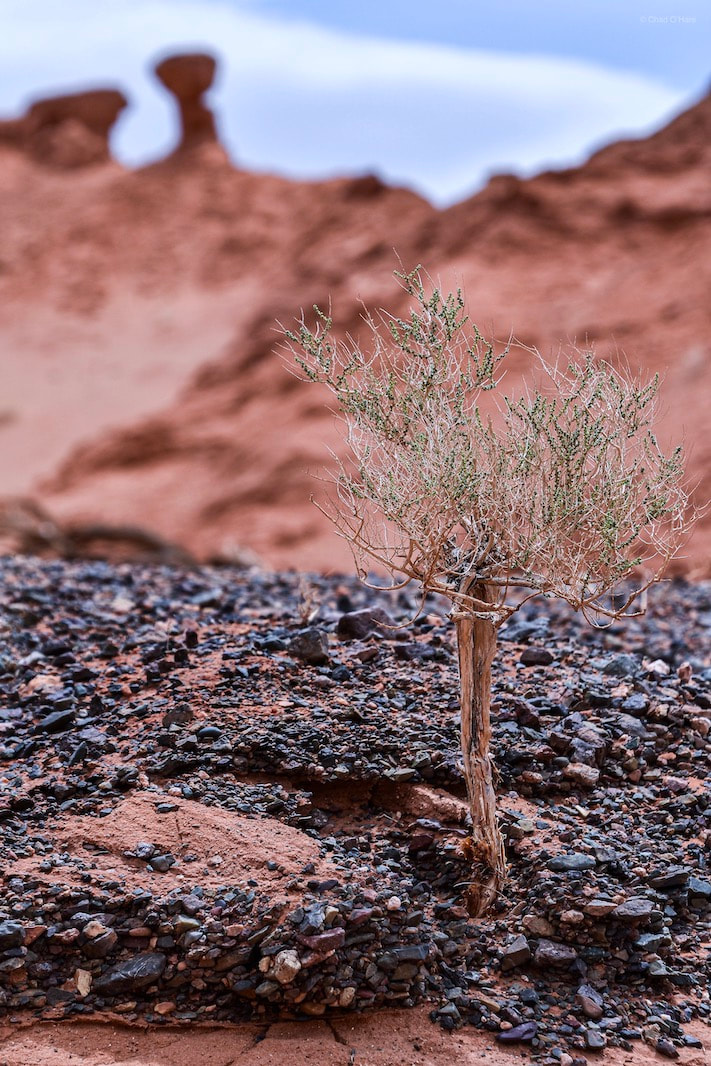
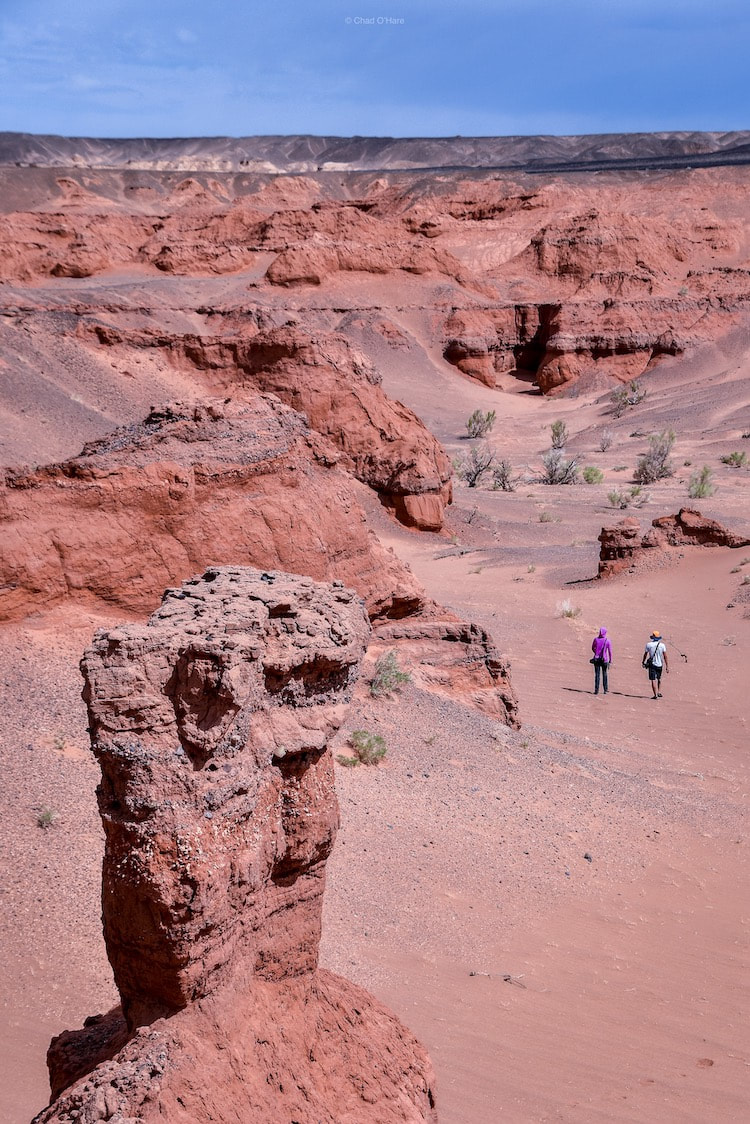
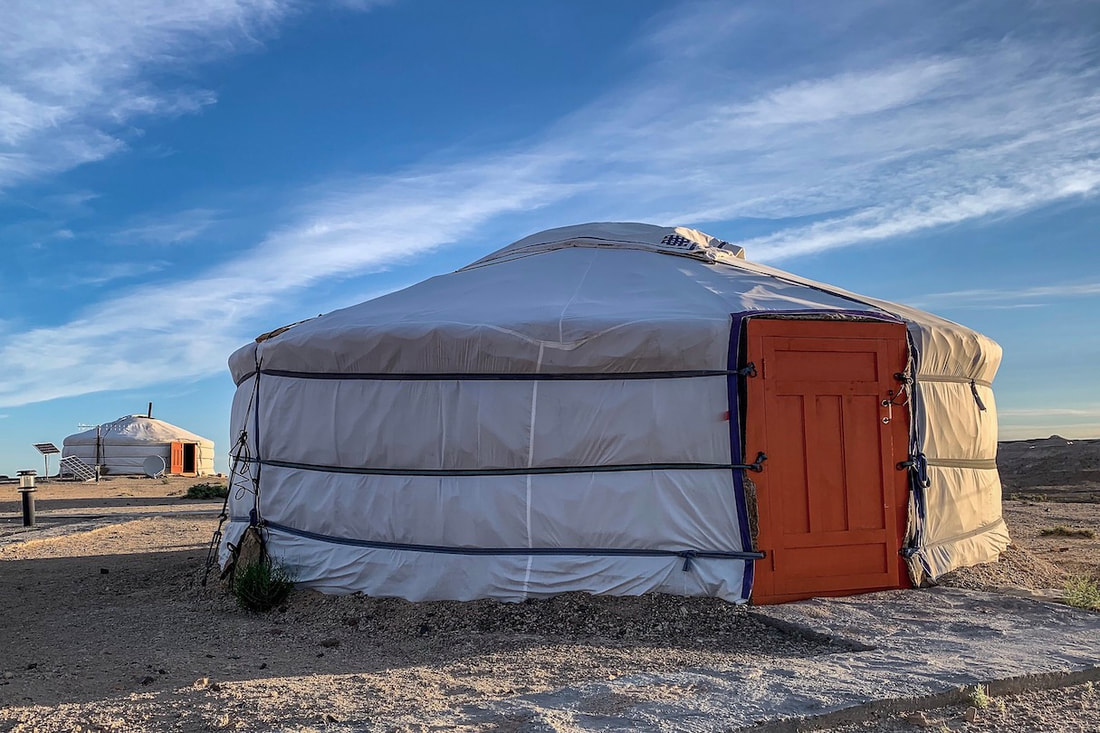
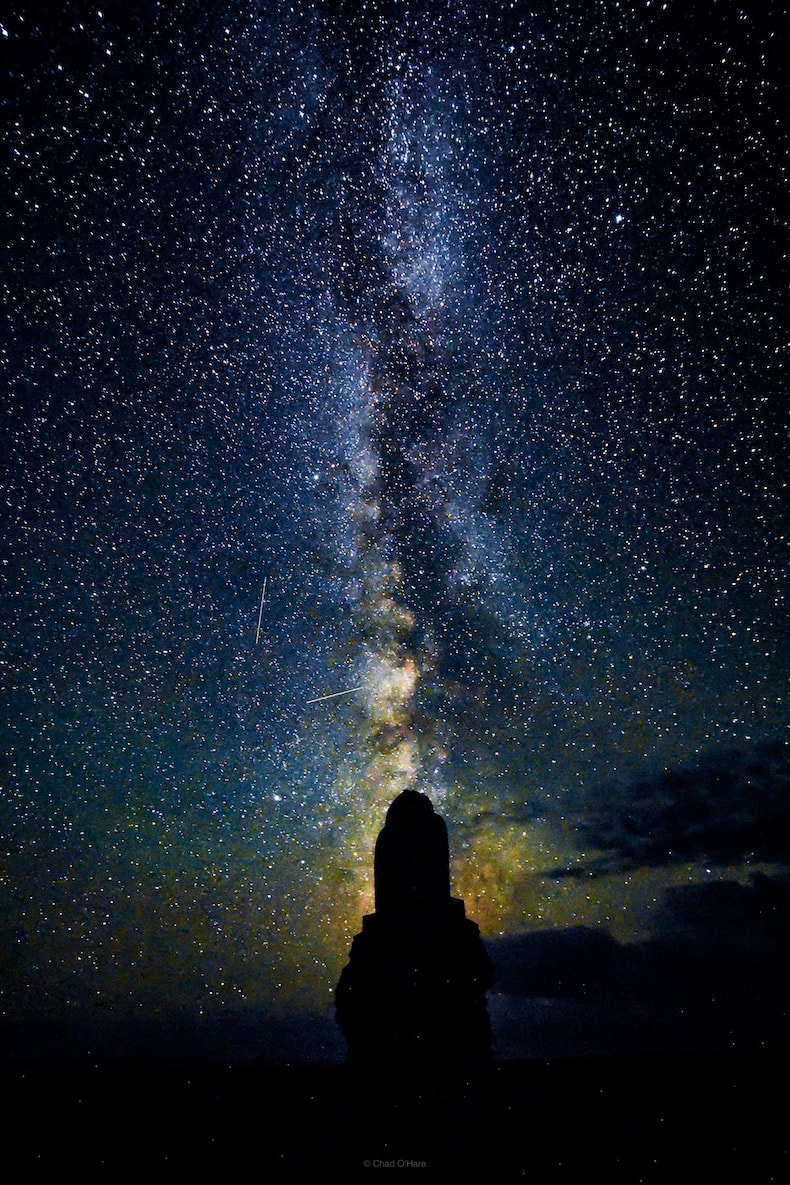




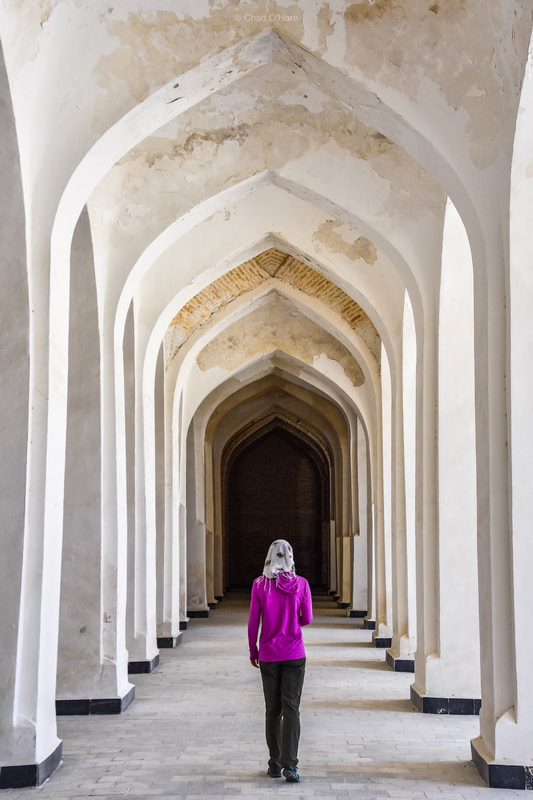
 RSS Feed
RSS Feed